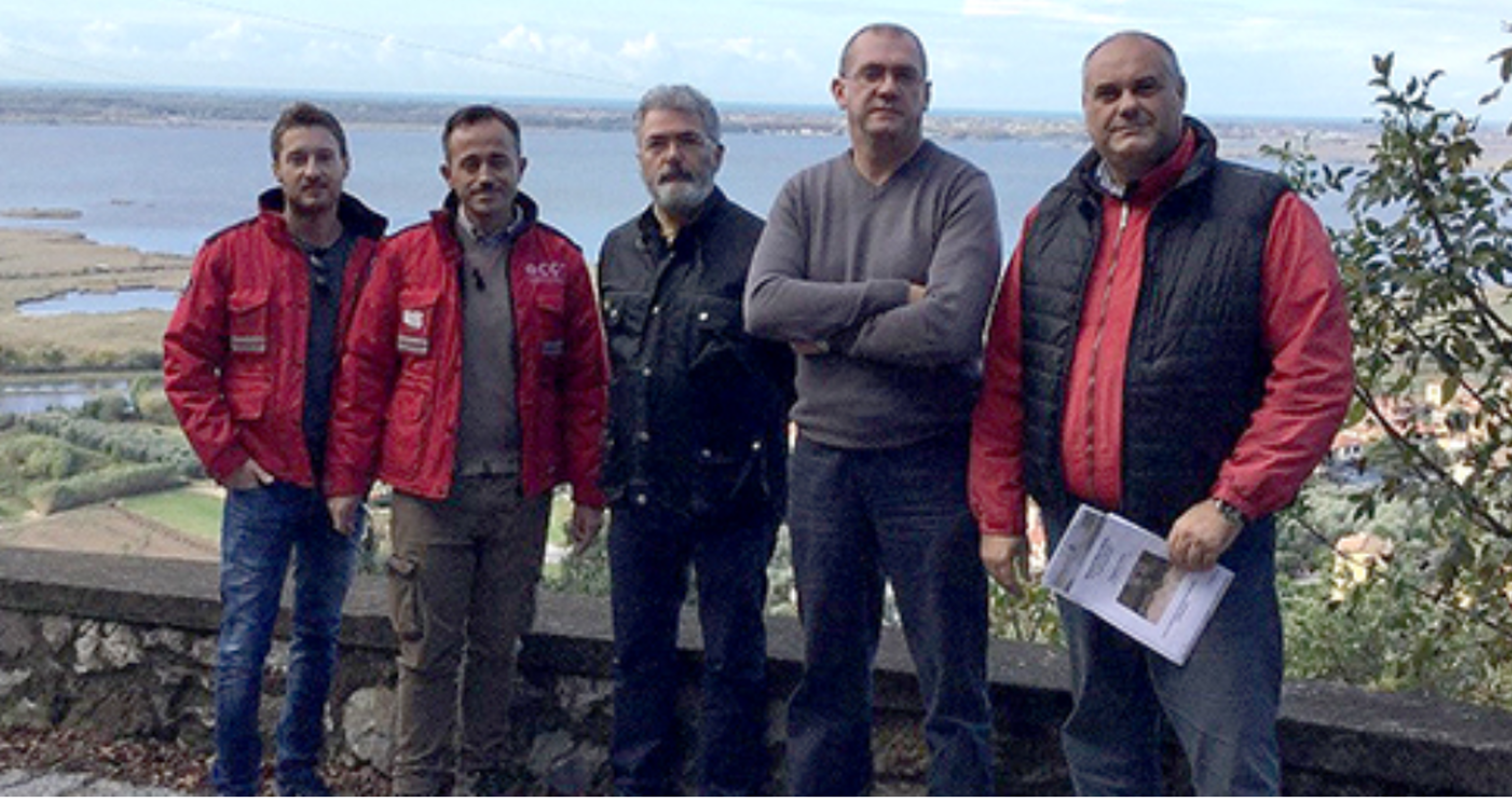Site visit to Lake Massaciuccoli, The Serchio River Basin, Italy

As part of the PHUSICOS WP2 preparations, Anders Solheim visited ADBS, CGT, and the sites around Lake Massaciuccoli in the period 7-9 November, during the week before the Naples consortium meeting. The visit included meeting in the ADBS premises in Lucca on Wednesday 7 November, to prepare for the field trip the next day, site visit to the lake area on Thursday 8 November, and visit CGT’s offices and laboratories on Friday 9 November. The picture above shows the team from ADBS and CGT with a view of Lake Massaciuccoli and the surrounding lowlands. From left to right: Claudio Vanneschi, Altair Pirro, Nicola Coscini, Andrea Di Grazia, Nicola Del Seppia (Photo: A. Solheim).
As for the site visit to the Gudbrandsdalen, Norway, in September, this was extremely useful in order to understand the discussed NBSs better. The field trip included all the relevant locations where NBSs may be suggested to the project (Fig. 1).

Figure 1. Route (blue line) of field trip to Lake Massaciuccoli on November 8, 2018. Green dots show photo and discussion stops.
The NBSs to be suggested are to support the already funded construction of a ‘diversion pipe’ from the Serchio River to one of the channels leading into the lake, channel Fossa Nuova. The entry of the channel is roughly at the south-easternmost stop (Fig. 1).
The NBSs to be proposed include vegetation buffers strips along this and other channels, as well as a change of crops to be grown in the extensive fields between the channels. In addition, there is a landslide problem along the slopes to the east and southeast of the lake, and vegetation measures will be proposed to stabilize these slopes. Other measures, such as retention basins and sedimentation ponds may also be included. The lake level is roughly at sea level, whereas the areas around are up to 3m below sea level, due to subsidence since the 1930’s, and the area is kept dry by extensive pumping. In addition to the landslide problem, the NBSs will be proposed to reduce the hydraulic risk, as well as the risk from contamination of the lake waters.
CGT in the town of San Giovanni Valdarno, as a university centre together with its corporate spin-offs, is the scientific support organization for the Serchio River Basin case. It was therefore very useful to learn more about their various capacities in fields like remote sensing and GIS work, geology and geophysics, monitoring and their extensive geotechnical and rock mechanics laboratories. CGT’s instrument capacities also include a small instrumented, manned aircraft (Fig. 3), which can be used for monitoring of areas like the Lake Massaciuccoli area.

Figure 3. CGT’s instrumented aircraft